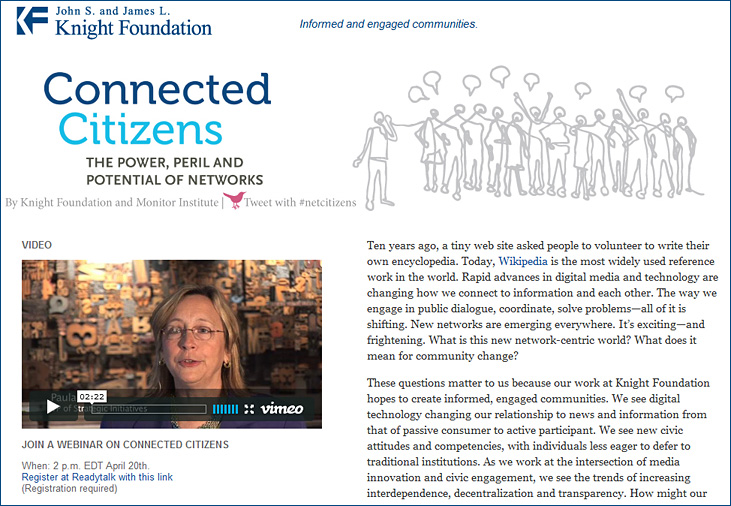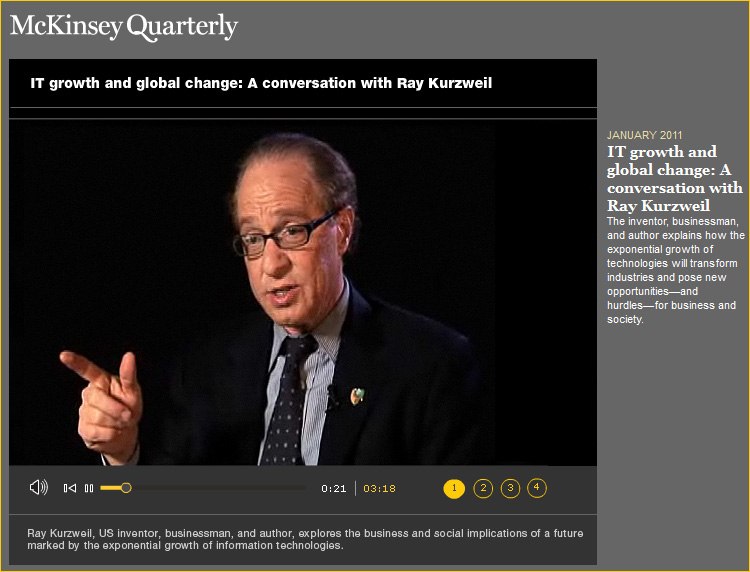The human voice, as game changer — from nytimes.com by Natasha Singer

Matthew Cavanaugh for The New York Times
Vlad Sejnoha demonstrated Nuance’s Dragon TV system, which obeys spoken commands to
flip channels, for example, or shop on screen on Amazon.com.
Apple’s iCloud will teach Apple’s Smart TV remote new tricks — from patentlyapple.com
6 answers about your next TV, with or without Apple — from forbes.com by Michael Humphrey
10 tech commandments for the TV industry — from thenextweb.com by Martin Bryant
Smart TVs are growing in popularity — from business-news.thestreet.com by Steve Adams

Image from Gary Higgins/The Patriot Ledger
some of the new features of “smart” televisions, Wednesday, March 21.
.
10 AirPlay-ready iPad apps that make Apple TV worth it — from readwriteweb.com by John Paul Titlow
Entertainment and Streaming Media – The Recent Past and the Future — from homesystemintegration.com by Alan Ruby

.
TVs may soon be used to spy on you — from smartplanet.com by Tuan C. Nguyen
Will Microsoft beat Apple and Google to make Connected TV work? –– from econsultancy.com by Sam Dwyer















